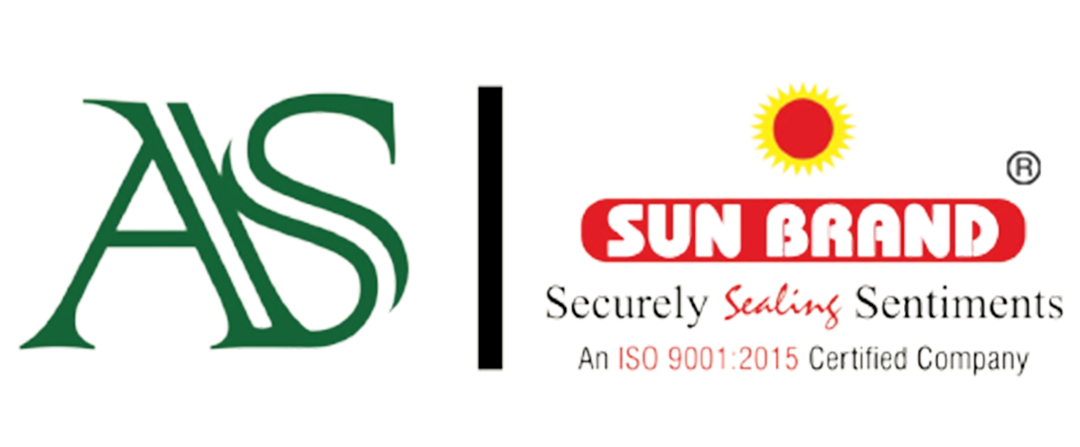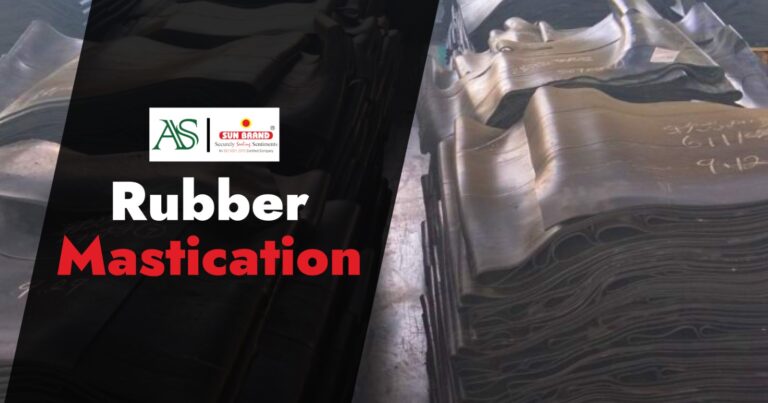What is Ultraviolet Radiation?
Ultraviolet (UV) radiation is a form of non-ionizing radiation that is emitted by the sun and artificial sources. The sun is by far the strongest source of ultraviolet radiation in our environment. just as visible light consists of different colours that become apparent in a rainbow, the UV radiation spectrum is divided into three regions called UVA, UVB and UVC. UV rays can indeed have detrimental effects on our skin. They can cause sunburn, discoloration, the formation of white or brown spots, premature wrinkles, and in severe cases, they can even lead to skin cancer.

What is UVA, UVB, and UVC?
UV radiation is mainly classified into three different types. ultraviolet A (UVA), ultraviolet B (UVB) and ultraviolet C (UVC). This grouping is based on the measure of their wavelength, which is measured in nanometres. The UV region covers the wavelength range of 100-400 nm.
- UVA : 315-400 nm
- UVB : 280-315 nm
- UVC : 100-280 nm
UVA Rays
UVA rays, with longer wavelengths and lower energy compared to other UV rays, can penetrate deeply into the skin. About 95% of the UV rays reaching the ground are UVA, making them predominant in sunlight exposure. Notably, UVA rays are the primary type of light utilized in tanning beds.
UVB Rays
UVB rays have shorter wavelengths and higher energy levels compared to UVA. While UVA rays penetrate deeply into the skin, UVB rays are partially absorbed by the ozone layer. Approximately 5% of UVB rays reach the Earth’s surface. Notably, UVB radiation is associated with a higher risk of causing skin cancers.
UVC Rays
UVC rays possess the shortest wavelength and highest energy level among the three types of UV rays. This intense energy makes them capable of inflicting severe damage to all forms of life. Fortunately, UVC rays are entirely filtered out by the ozone layer, thus preventing their reach to the Earth’s surface. While UVC exposure is not linked to cancer development, it can still cause various skin irritations and other health issues.
What are the Effects of Ultraviolet Radiation on Polymers?
UV radiation can trigger a deterioration process that significantly impacts the useful service life of products. When polymers are exposed to sunlight, they often undergo discoloration, chalking, a decrease in impact strength, and a reduction in tensile properties, among other chemical changes. Continued UV exposure can exacerbate these effects, rendering the product increasingly unacceptable. The two primary modes of photodamage applicable to most natural and synthetic materials are yellowing discoloration and a decline in mechanical integrity.
The detrimental effects of UV radiation on the strength, impact resistance, and mechanical integrity of plastics are widely recognized. These changes in the bulk mechanical properties typically stem from polymer chain scission or cross-linking as a consequence of photodegradation.
In the case of polyethylene and polypropylene, which find extensive use in agricultural mulch films, greenhouse films, and plastic pipes, the loss of useful tensile properties upon exposure to solar radiation is of particular concern. Polyethylene films, for instance, are prone to losing their extensibility, strength, and average molecular weight when exposed to solar UV-B radiation.
Poly(vinyl chloride) PVC is commonly employed in applications where impact strength is a crucial requirement. However, exposure to solar UV radiation is known to diminish the impact strength of the polymer. As the surface layers of the plastic material degrade, the titanium dioxide powder used as an opacifier is gradually released and may even form a loose surface layer that can be rubbed off. This phenomenon is responsible for the “chalking” observed in extensively exposed PVC.
Furthermore, both the tensile strength and the extensibility of rigid PVC samples decrease over time with exposure to solar UV radiation, ultimately leading to embrittlement of the material.
How do UV Rays affect Adhesive Tapes?
Despite pressure-sensitive adhesive (PSA) tapes being composed of both substrate and adhesive layers, they are still susceptible to damage from UV rays. These rays can affect the edges of adhesive bonds or cause discolouration in substrates that are permeable to light. Additionally, UV exposure can lead to the loss of adhesive properties, such as tackiness, adhesive strength, or cohesive strength.
In substrates like PVC, polyethylene, polypropylene, and others, UV exposure can alter the stress distribution due to changes in the substrate’s modulus. This alteration may introduce weak boundary layers at the interface between the substrate and adhesive, or it can increase stress levels due to substrate shrinkage. These effects further contribute to the degradation of PSA tape performance over time.
How to control UV degradation?
To mitigate UV degradation, consider the following strategies:
1. Additive Incorporation: Incorporate stabilizing additives into the formulation to protect against UV deterioration.
2. Polymer Blending: Blend two different polymers in the adhesive formulation, with one offering superior UV stability.
3. UV Stabilizers: Utilize UV stabilizers like UV absorbers, UV screeners, and Hindered Amine Light Stabilizers (HALS). These compounds effectively absorb, scatter, or neutralize UV radiation, providing robust protection against UV-induced degradation
- UV screeners: UV screeners are pigments that can absorb or reflect UV radiation and protect the polymer. Effective examples include carbon black, titanium dioxide in high loading, zinc oxide, and other similar pigments.
- UV Absorbers: Reduce the amount of light absorbed by chromophores by incorporating UV absorbers in the adhesives, which function by preferentially absorbing harmful ultraviolet radiation and dissipating it as thermal energy. High concentrations of absorbers and sufficient thickness of the polymer are required before enough absorption takes place to effectively retard photo degradation. Benzophenones, benzotriazoles, aryl esters, oxanilides, acrylic esters are commonly used UV absorbers.
- HALS (Hindered Amine Light Stabilizers): HALS do not absorb UV radiation, but act to inhibit degradation of the polymer. They slow down the photochemically initiated degradation reactions like antioxidants. The advantage of the HALS, is that no specific layer thickness or concentration limit needs to be reached to guarantee good results. Significant levels of stabilization are achieved at relatively low concentrations
Implementing a well-designed light stabilization system can effectively thwart UV-induced reactions that compromise the adhesive’s integrity, thereby extending its service life. Employing a combination of UVA (Ultraviolet Absorbers) and HALS (Hindered Amine Light Stabilizers) can yield optimized effects, ensuring enhanced protection against UV degradation and bolstering the adhesive’s longevity.
Adhesive Specialities utilizes UV chambers to investigate the effects of UV radiation on their products to ensure the development of high-quality products.





